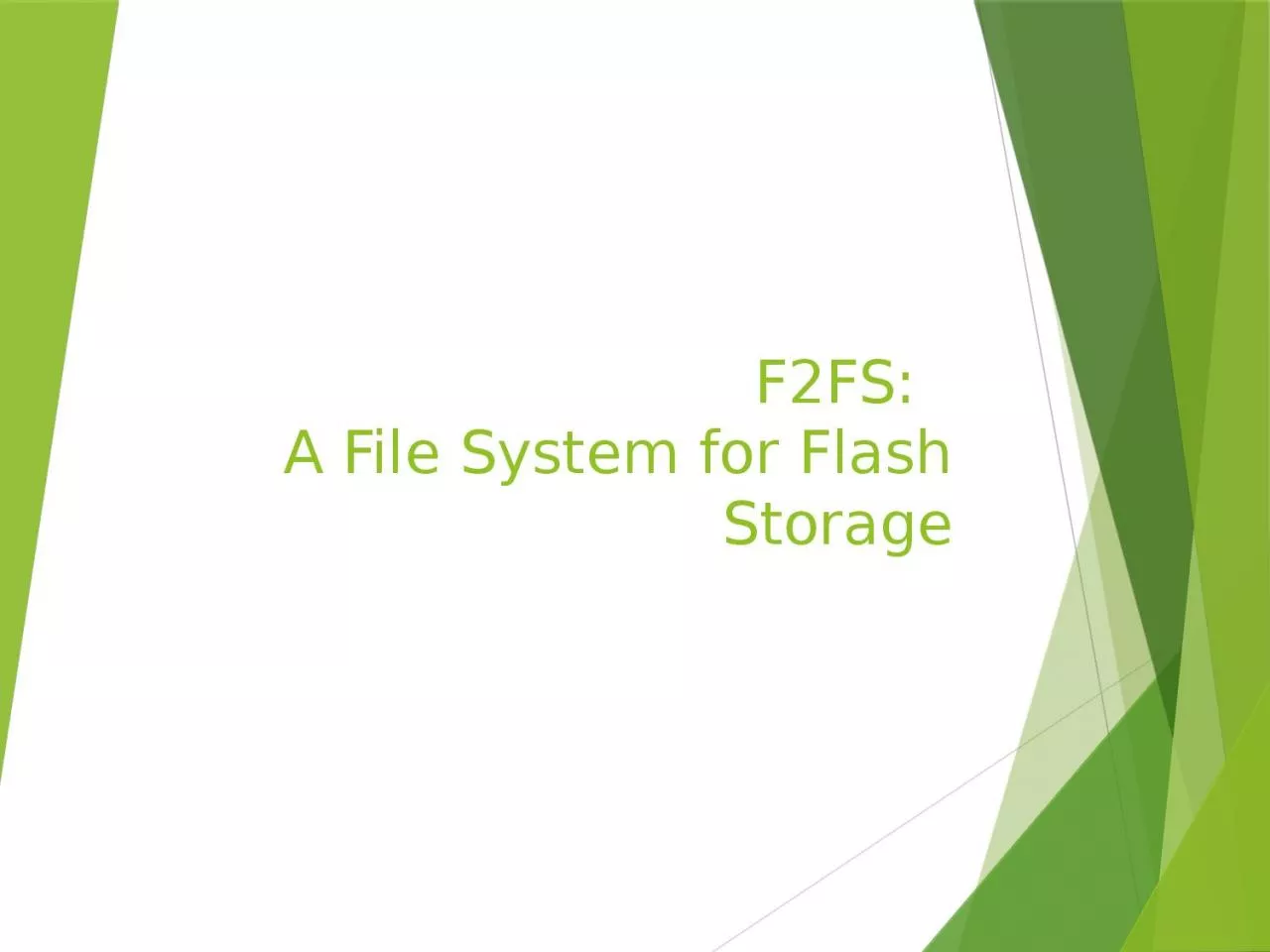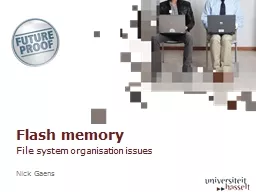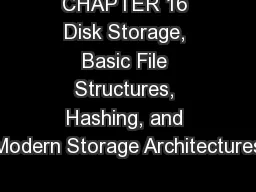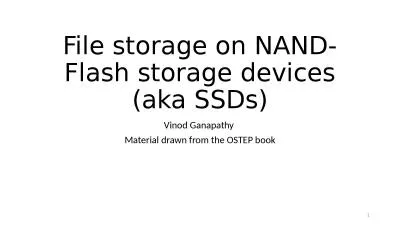PPT-F2FS: A File System for Flash Storage
Author : cadie | Published Date : 2023-11-12
Introduction NAND flash memory is broadly used However NAND flash has the following limitations Erase before write Limited write cycles per erase block NAND flash
Presentation Embed Code
Download Presentation
Download Presentation The PPT/PDF document "F2FS: A File System for Flash Storage" is the property of its rightful owner. Permission is granted to download and print the materials on this website for personal, non-commercial use only, and to display it on your personal computer provided you do not modify the materials and that you retain all copyright notices contained in the materials. By downloading content from our website, you accept the terms of this agreement.
F2FS: A File System for Flash Storage: Transcript
Download Rules Of Document
"F2FS: A File System for Flash Storage"The content belongs to its owner. You may download and print it for personal use, without modification, and keep all copyright notices. By downloading, you agree to these terms.
Related Documents














